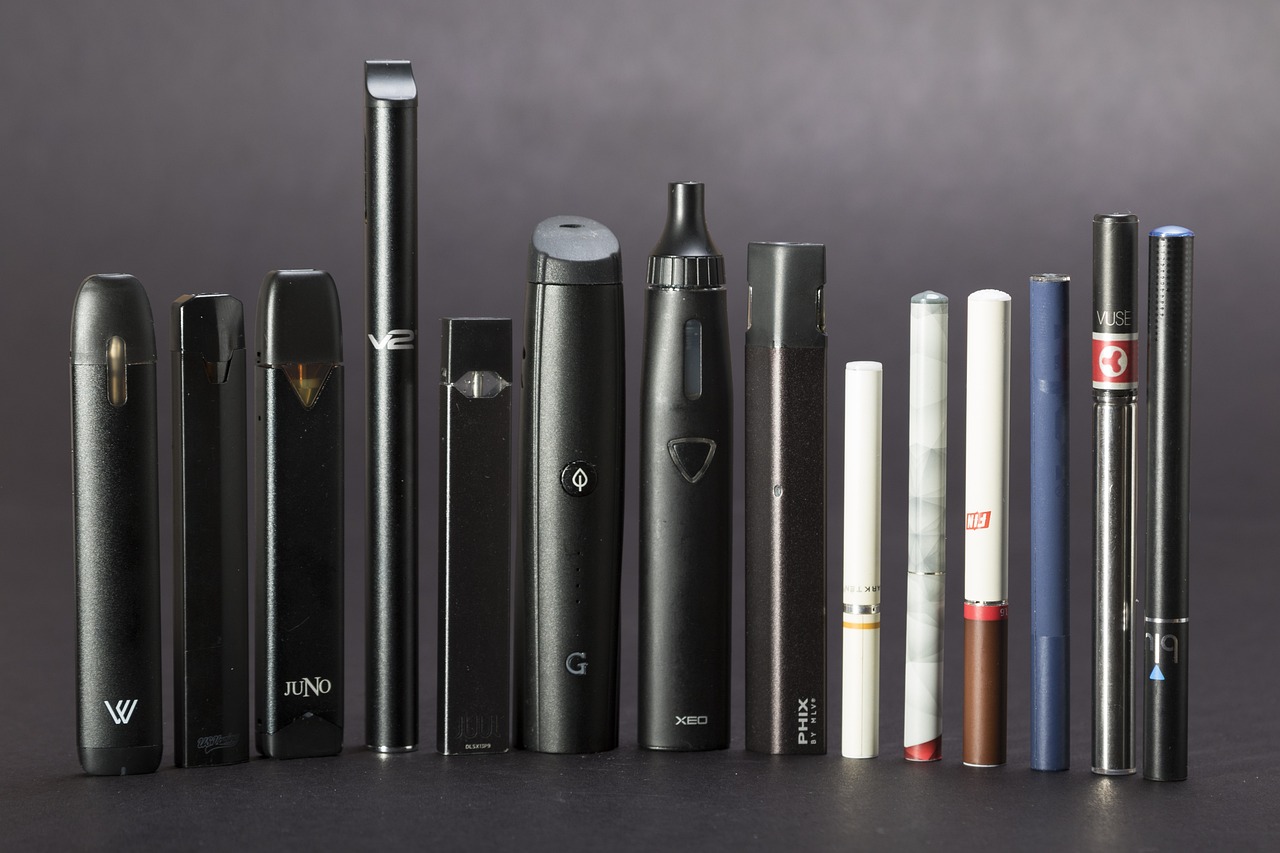By Debbie Bunch
January 20, 2025

DPI Triple Inhaler Therapy May Outperform MDI Triple Inhaler Therapy
Researchers from the U.S. and Canada who compared outcomes for two commonly prescribed triple inhaler therapies for COPD in a study published by BMJ found one marginally outperformed the other.
The research involved U.S. health claims data from 2012-2023 on patients aged 40 and older who were prescribed either budesonide-glycopyrrolate-formoterol administered twice daily through a metered-dose inhaler (MDI) or fluticasone-umeclidinium-vilanterol administered once daily through a dry powder inhaler (DPI). According to the results:
- A 9% higher incidence of first moderate or severe COPD exacerbation was seen in patients who received budesonide-glycopyrrolate-formoterol compared with patients receiving fluticasone-umeclidinium-vilanterol.
- An identical incidence of first hospital admission for pneumonia was noted for the two groups.
- The hazard of first moderate COPD exacerbation was 7% higher and the hazard of first severe COPD exacerbation was 29% higher among those receiving budesonide-glycopyrrolate-formoterol than those receiving fluticasone-umeclidinium-vilanterol.
- A subgroup analysis showed greater risks with budesonide-glycopyrrolate-formoterol in patients with prior exacerbations, severe disease, or elevated eosinophil counts, but patients without these risk factors exhibited fewer differences.
- The sensitivity analyses, which varied follow-up time and exacerbation definitions, confirmed the primary results, but both therapies showed similar rates of all-cause mortality.
The authors conclude these findings indicate a slight advantage for fluticasone-umeclidinium-vilanterol therapy over budesonide-glycopyrrolate-formoterol therapy in reducing COPD exacerbations, without any additional pneumonia risk.
They also believe the study shows that DPIs, which are better for the environment, are equal to MDIs in delivering therapy to patients. “Given the added climate impact of metered dose inhalers, health systems seeking to decrease use of these products may consider steps to promote further prescribing of fluticasone-umeclidinium-vilanterol compared with budesonide-glycopyrrolate-formoterol in people with COPD,” they write. Read Article Read Full Paper

Why Children Should Never Start Smoking
A recent study conducted by researchers from Finland and Great Britain underscores the need to ensure children and young people never start smoking.
Their study, which involved birth cohort data on 1,931 young adults who had taken part in the “Children of the 90s” study and had completed smoking histories and echocardiographic measures at 24 years, found a greater risk for cardiac injury in those who smoked at an early age.
Overall, the prevalence of smoking at ages 10, 13, 15, 17, and 24 was 0.3%, 1.6%, 13.6%, 24%, and 26.4%, respectively, and 60% of those who started smoking when they were children were still smoking at age 24.
Smoking from age 10 to 24 years was associated with 33% to 52% odds of premature structural and functional cardiac injury, along with cardiac mass increase, even after the findings were adjusted to take other factors into account.
Specifically, the study showed:
- Left ventricular hypertrophy prevalence increased from 2.8% to 7.5% at age 24.
- Left ventricular diastolic dysfunction prevalence increased from 10.4% to 16.9% at age 24.
- An increased risk of high relative wall thickness and high left ventricular filling pressure was noted.
- An increased left ventricular mass index in both unadjusted and adjusted models was seen from ages 17-24.
“The increase of cardiac mass structure in just a few years of smoking should convey how dangerous the consequences are for people who continue to smoke from a young age,” said study author Andrew Agbaje, MD, PhD, MPH, from the University of Eastern Finland.
The study was published by the Journal of the American College of Cardiology. Read Press Release Read Full Paper

Primary Ciliary Dyskinesia Linked to Asthma in Kids
Children with primary ciliary dyskinesia (PCD), a rare genetic disorder impacting the cilia that lines the airways and helps clear mucus, may be at higher risk of developing asthma, report investigators from the Indiana University School of Medicine.
“The connection between PCD and asthma has not previously received much attention,” said co-author Benjamin Gaston, MD. “Our data analysis revealed an undeniable link, showing children with PCD were 22 times more likely to have asthma compared to children without PCD characteristics.”
Dr. Gaston and his colleagues analyzed the medical records of 266 pediatric patients in the Indiana Network for Patient Care Research and TriNetX databases, comparing kids with bronchiectasis and situs inversus totalis (B-SIT), two hallmark conditions strongly associated with PCD, with a non-PCD control group.
The children were matched for age, sex, ethnicity, and race. Of the 266 patients, 124 were diagnosed with B-SIT indicating PCD and 142 were controls.
Asthma was significantly more prevalent among children with PCD in both data cohorts and the findings also suggested that some children diagnosed with asthma may have undiagnosed PCD, particularly if they exhibit unique rhinitis symptoms or persistent respiratory issues.
“Understanding the overlap between PCD and asthma is critical to helping young patients have healthier respiratory outcomes,” said Dr. Gaston. “Future research, including clinical observations and formal airway reactivity tests, will be essential to further explore this relationship.”
The study was published in a JAMA Network Open research letter. Read Press Release Read Research Letter








